5 Best Grass Types for Jacksonville, FL
BY LAUREN BRYANT | MARCH 20TH, 2023 | FLORIDA, JACKSONVILLE, LAWN CAREWith the beautiful subtropical climate in Jacksonville, who wouldn’t want a lush lawn to match the greenery? However, you should choose a species that can handle the warm weather, rain or shine. These warm-season grass types are well-suited for the city. Let’s review the pros and cons of each species so you can plant the best lawn for your property.
- 5 Warm-Season Grasses for Jacksonville
- Zoysiagrass
- Bermudagrass
- Bahiagrass
- St. Augustinegrass
- Centipedegrass
5 Warm-Season Grasses for Jacksonville
Almost every lawn you see in Florida is made up of warm-season grass. Warm-season grasses do best in the southern half of the United States, while cool-season grasses do best in the northern states. Warm-season grasses thrive in spring and summer but turn brown and dormant in the winter. Of course, Jacksonville has mild winters, so your lawn will stay green longer.
Though many species of warm-season grasses exist, these five are the best-suited for Jacksonville lawns.
1. Zoysiagrass
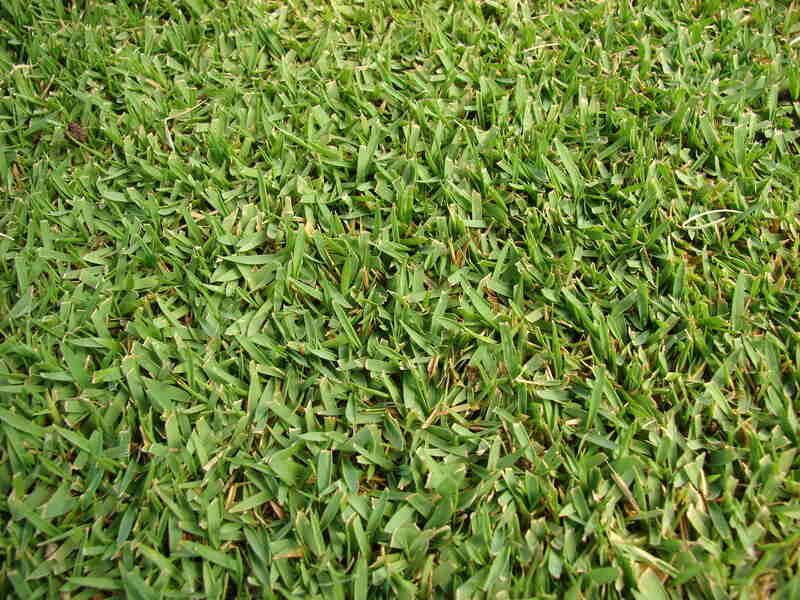
Photo Credit: Forest & Kim Starr / Wikimedia Commons / CC BY-SA 3.0
While Zoysiagrass originated in Asia, it’s well-adapted to warm, humid weather like that in Jacksonville. This light- to medium-green grass is heat and drought tolerant with low maintenance needs. However, it can still go dormant or die in extreme heat. Zoysiagrass has better cold tolerance than most warm-season grasses, which makes it a good fit for North Florida.
Zoysiagrass can tolerate some shade but grows best in full sun. Zoysiagrass’ density helps it resist wear, diseases, weeds, and pests. It also tolerates herbicides more than other grass types. However, it’s slow to establish. Sod works better for establishment than plugs or seeds, even though it’s the more expensive option.
Classification: Warm-season grass
Spreads by: Stolons and rhizomes
Shade tolerance: Tolerates light to moderate shade
Drought resistance: High
Foot traffic tolerance: High
Maintenance needs: Moderate mowing frequency and low to moderate fertilizer needs
Mowing height: 1-2.5 inches. Cut with a sharp blade and mow taller if it’s in partial shade
Potential for disease: Good disease tolerance and not prone to insect infestation
Soil pH: 6-6.5
Soil type: Depends on the cultivar, but generally, well-draining soils work best
Other notes: Zoysiagrass has a good salt tolerance, which makes it ideal for coastal Jacksonville. Because of its dense growth pattern, zoysiagrass is popularly sold as sod.
2. Bermudagrass
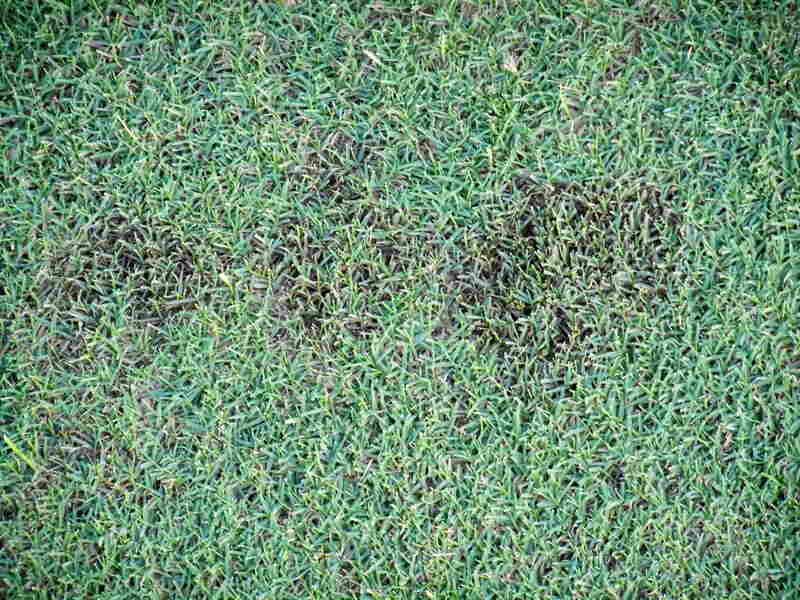
Photo Credit: Scot Nelson / Flickr / CC0 1.0
This fine- to medium-textured grass is native to tropical and subtropical climates. Bermudagrass can stay bright green year-round with sufficient irrigation or rainfall but will turn brown with the year’s first frost. It thrives in direct sunlight and has a good humidity and salt tolerance. Its deep root system makes it drought-tolerant, though it may go dormant during extended drought.
Bermudagrass is suitable for lawns with lots of foot traffic, such as sports fields and play areas. Why? Its fast growth helps it heal quickly from damage. However, this aggressive growth can make it difficult to contain. Bermudagrass requires frequent mowing and fertilization to keep up with its growth pattern.
Classification: Warm-season grass
Spreads by: Stolons and rhizomes
Shade tolerance: Poor — needs full sun
Drought tolerance: High
Foot traffic tolerance: High
Maintenance needs: Bermudagrass must be frequently mowed to deal with its rapid growth. It also develops thatch easily. Bermudagrass may require monthly fertilization during its peak growing season of late spring.
Recommended mowing height: 1-2 inches
Potential for disease: Good resistance to disease, although diseases are common; low resistance to insects
Soil pH: 6-6.5
Soil type: Tolerates most soil types
Other notes: Bermudagrass spreads aggressively, so you must watch out for it spreading into garden beds and neighbors’ yards. It has good salt and humidity tolerance. Establish with seeds, sod, sprigs, or plugs.
3. Bahiagrass
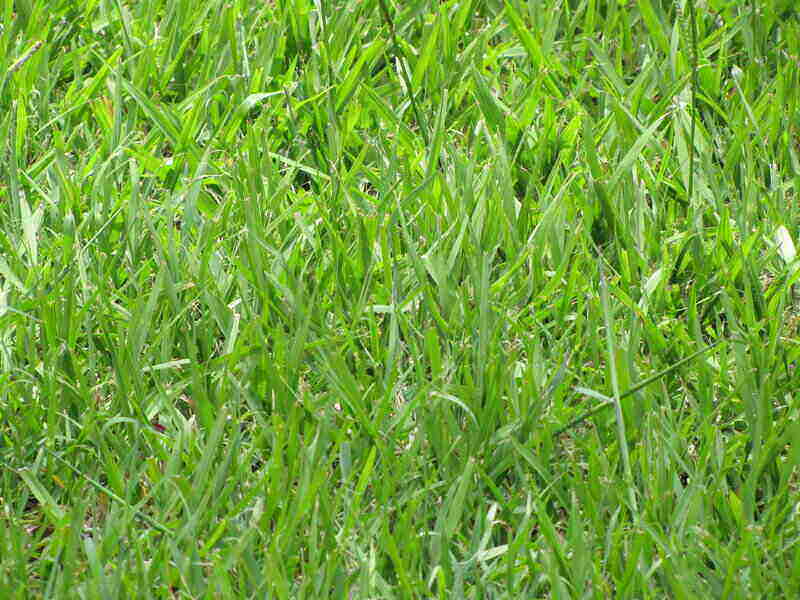
Photo Credit: Forest and Kim Starr / Flickr / CC BY 2.0
This Brazilian grass is low-maintenance, with little water or fertilizer needed. Its extensive root system allows it to survive in drought and sandy, acidic, and infertile soils. However, it may go dormant during extended drought. It also doesn’t do well in salty or alkaline soils.
Bahiagrass isn’t as thick as other grasses and needs full sun to thrive. It’s best for lawns without too much foot traffic. It will take a while to establish with seeds, but you can also install sod. Though it has low fertilizer needs, it is susceptible to iron deficiency.
Classification: Warm-season grass
Spreads by: Rhizomes
Shade tolerance: Low — needs full sun
Drought resistance: High
Foot traffic tolerance: Low
Maintenance needs: Moderate to high. Mow every seven to 14 days. Ensure the blade is sharp so it can cut through the thick leaves and seed head stems.
Mowing height: 3-4 inches
Potential for disease: Low with moderate insect tolerance
Soil pH: 5.5-6.5
Soil type: Tolerates most soils and does well in sandy loam
Other notes: Bahiagrass is best grown from seeds or sod. Plugging and sprigging are possible but leave the lawn susceptible to weeds. Overwatered bahiagrass is weaker and more susceptible to weeds.
4. St. Augustinegrass
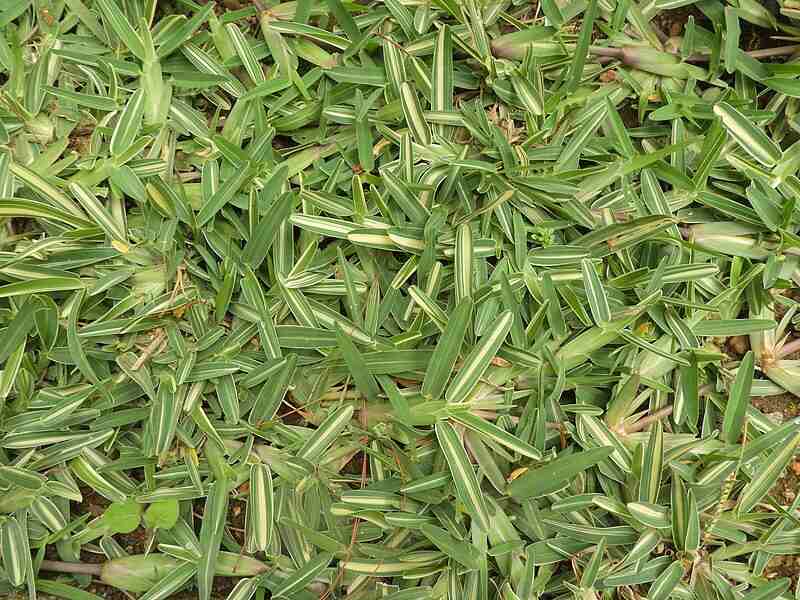
Photo Credit: Yercaud-elango / Wikimedia Commons / CC BY-SA 4.0
Native to the Gulf of Mexico coastline, St. Augustinegrass is one of Florida’s most common turf grasses. It has a coarse texture and blue-green color. Most cultivars have higher shade tolerance than other warm-season grasses. While it grows well in cool and humid coastal climates, it doesn’t do particularly well in drought and turns brown in winter.
St. Augustinegrass grows quickly, which helps it crowd out weeds. However, it isn’t the densest grass and may not do well with heavy traffic. St. Augustinegrass is vulnerable to chinch bugs and fungal diseases, though some cultivars resist chinch bugs.
Classification: Warm-season grass
Spreads by: Stolons
Shade tolerance: Moderate, with one of the highest shade tolerances of any warm-season grass; some cultivars are more shade tolerant than others
Drought tolerance: Moderate
Foot traffic tolerance: Moderate
Maintenance needs: Moderate to high mowing and fertilizing frequency
Recommended mowing height: 3-4 inches for standard varieties and 2.5-3 inches for dwarf varieties; mow tall in shade
Potential for disease: Moderate to high. St. Augustinegrass is vulnerable to gray leaf spot, large patch, take-all rot, and chinch bugs
Soil pH: 6-7.5
Soil type: Grows best in moderately fertile and moist soils with good drainage. It doesn’t tolerate drought or soil compaction.
Other notes: It will do well in moist soils and mild winters but turn brown during cold winters. St. Augustinegrass has a good salt tolerance. Plant with plugs, sprigs, or sod.
5. Centipedegrass
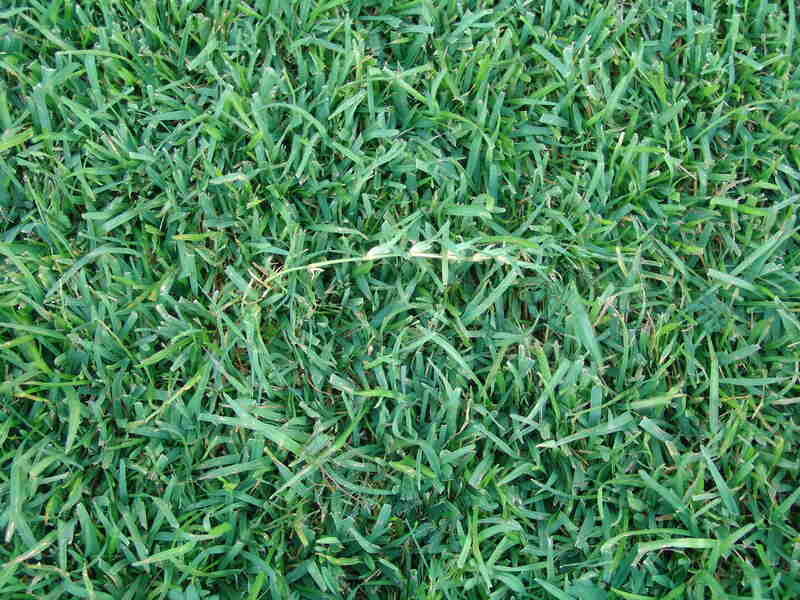
Photo Credit: James Becwar / Wikimedia Commons / CC BY-SA 3.0
Originating in Asia, centipedegrass is well-adapted for Central and North Florida. It’s slow-growing but requires less fertilization and mowing than other grass types in the area. Centipedegrass does well in sandy, acidic soils, making it a good choice for the generally acidic soil in Florida. However, coastal properties may have alkaline soils, so be sure to get a soil test.
Centipedegrass naturally has a medium texture and light green color. Overfertilization could cause centipedegrass decline and dead patches that are difficult to repair. Centipedegrass doesn’t have a high tolerance for salt, traffic, drought, or cold. It is also sensitive to many types of herbicides.
Classification: Warm-season grass
Spreads by: Stolons
Shade tolerance: Moderate, but it needs at least six hours of full sun daily
Drought resistance: Low to moderate
Foot traffic tolerance: Low
Maintenance needs: Low mowing frequency and fertilization needs; overfertilization causes heavy thatch and centipedegrass decline
Mowing height: 1.5-2 inches
Potential for disease: Low. Good resistance to diseases and insects. However, centipedegrass is susceptible to nematodes
Soil pH: 5-6
Soil type: Can grow in acidic, sandy, and infertile soils. It needs moderately good drainage and doesn’t do well in heavy clay soils.
Other notes: Centipedegrass is slow-growing and doesn’t have a high cold or salt tolerance. Establish with seed, sod, sprigs, or plugs.
FAQ About Jacksonville Grass Types
Bermudagrass and Zoysiagrass have the best foot traffic tolerance. If you also need durability in the face of drought and disease, Zoysiagrass is well-equipped to face these problems.
Centipedegrass is the easiest to maintain because of its low mowing and fertilization needs. If you need something with a higher traffic tolerance, consider Zoysiagrass.
Jacksonville gets a fair amount of rain, but droughts and dry spells aren’t unheard of. Because of that, it’s best to water on an as-needed basis. When you see folding or wilting leaves, color changes, or visible footprints, give your lawn ½ to ¾ inch of water. Make sure you follow local watering restrictions.
Choose Plant and Grass Varieties for Your Jacksonville Landscape
Choosing suitable grass is only the first step. You must plant and properly maintain your lawn to get the desired results. And what about the rest of your yard? Low-maintenance landscaping with native plants will make maintenance easier and allow you to enjoy the beautiful Jacksonville weather surrounded by equally beautiful greenery.
If you need help with your lawn or other yardwork, contact a Jacksonville lawn care professional.
Main Image Credit: indigolotos / Canva Pro / License